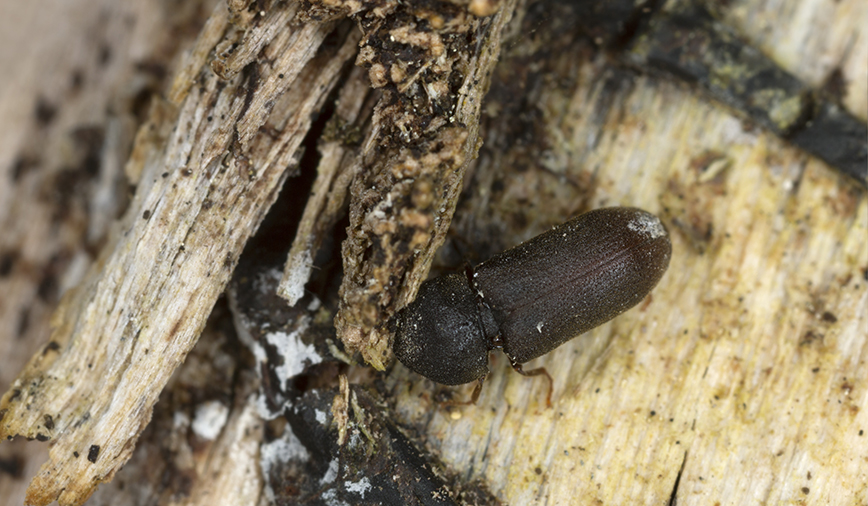Tick tock, tick tock,
Merrily sings the clock.
It’s time for work, it’s time for play
And so it sings throughout the day
Tick tock, tick tock,
Merrily sings the clock.
This English nursery rhyme was a part of my early elementary education, and maybe yours too. But believe it or not, it may be relevant to your life even today–if, that is, you’re having trouble with woodpeckers.
In last week’s column, we took a look at the impacts woodpeckers, chickadees and other cavity-roosting birds may have on houses with wooden siding and/or shingles. We gave an overview of what’s happening with these critters behaviorally, and suggested a few ways people could deter the birds from their mission.
And then I received a voicemail.
The caller was Jerry Hope, a resident of St. Charles and a board member with Kane County Audubon. What Jerry had to say was so enlightening, I knew we had to run a follow-up to last week’s piece—the sooner, the better.
Due to his experience and affiliation with KCA, Jerry is listed as a resource for people who have questions or conflicts with birds. “I get probably eight or 10 calls a year from people having problems with woodpeckers pecking on their siding,” he said. “The first question I ask is, ‘Do you have that prized grandmother’s clock hanging on a wall somewhere on that side of the house?’
“Birds are very sensitive to the ticking of those old grandfather’s and grandmother’s clocks,” Jerry continued. “That click, click, click of the clock sounds just like worm activity in the wood. Most of the time, if the people move that clock away from that wall, to another part of the house, the woodpeckers leave that area alone.”
As I listened to Jerry’s words of wisdom, I could picture exactly what he was talking about. I grew up with just the sort of clock he described. Wooden casing, with hand-painted numbers on the face, and a fascinating array of gears and springs on the inside. A relic from my mom’s side of the family, it dates to the 1800s. Besides picturing the clock, I can still hear its characteristic tick, tick, tick.
Further, just as Jerry said, a number of insects make a very similar sort of sound. In fact, there’s one group in particular that takes its common name from this phenomenon.
The deathwatch beetles, a large family of very small insects that are present worldwide, are so named because of their habit of tapping to find a mate. (The “deathwatch” moniker came about long ago, when people would sit in bedside vigils, keeping watch over the mortally ill. Such settings were typically very quiet. So quiet, in fact, that the tapping of tiny (<5mm) beetles could be heard.) Though faint, the sound is audible to human ears.
Larvae of certain other beetle species can make similar noises as they chew through wood. Mature beetles tapping, beetle larvae snacking. It’s a sound that woodpeckers seek, as it signals food is close at hand.
Clocks, however, bring no such reward.
Jerry said his questions about clocks, and his advice to move them, have brought resolution to between 50% and 60% of the calls he receives. He added, “Those other methods of hanging mylar strips or fishing line can work too, but why bother if all you have to do is rearrange things a bit?”
Tick tock, tick tock… If you’re having trouble with woodpeckers, maybe it’s time to move your clock.
Pam Otto is the manager of nature programs and interpretive services at the Hickory Knolls Discovery Center, a facility of the St. Charles Park District. She can be reached at 630-513-4346 or potto@stcparks.org.
October 30, 2015
Woodpecker Follow Up
Tick, tick, tick … the sounds made by many clocks – especially old, key-wound heirlooms – closely resemble the sounds made by various insect species.

